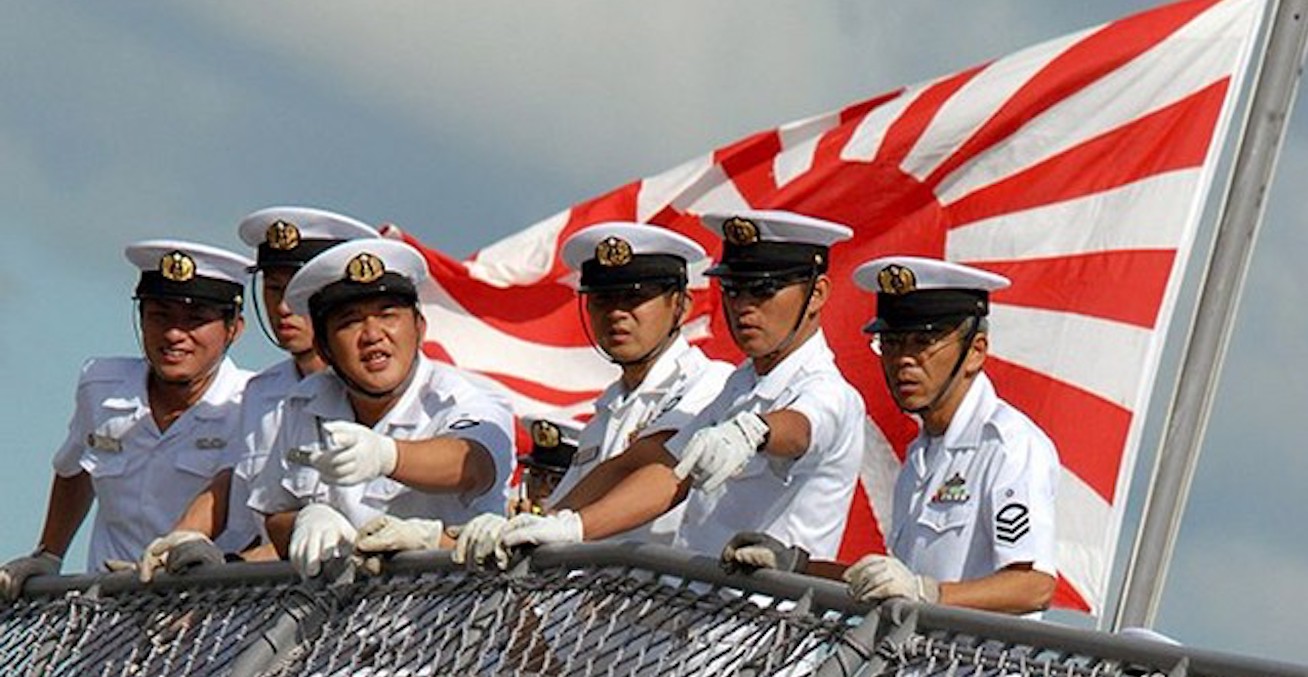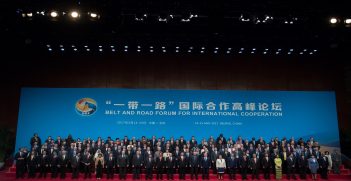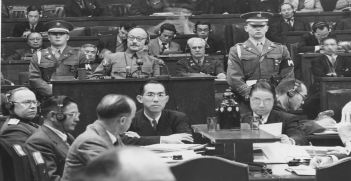The End of Japan's Peace Clause?

Pacifism has been enshrined in Japan’s constitution since the end of World War II but a vote this weekend will influence how and when this may change. What kind of amendment should Australia hope for?
Right now in Tokyo the ruling party of Japan, the Liberal Democratic Party (LDP), are taking on a seven-decade dream to amend the constitution the United States drafted during its occupation after World War II. Amending the constitution was one of the reasons behind LDP’s establishment in 1955 and has been a constant platform of the party while it has held government for all but four years since then. It is what animates current Prime Minister Shinzo Abe, who aims “to make 2020 the year in which a new constitution takes effect.”
Despite the LDP’s long-term enthusiasm, constitutional change has not yet been achieved, making the Japanese constitution the oldest, unamended constitution in the world today. However, Prime Minister Abe’s prospect of surmounting history is bright. His party controls the required two-third majorities in both houses of the National Diet to launch a national referendum; the National Referendum Law—which outlines the rules and regulations for such a vote—was passed during Abe’s first stint as Prime Minister in 2006-7; the LDP’s constitutional amendment proposals are more popular than previous iterations; and the political will and leadership that was lacking is now present.
The LDP is debating between three versions of an amendment to article 9, known as the peace clause, to present one for a party vote at its national conference on 25 March. Article 9 presently has two clauses that renounce war; the first forgoes Japan’s sovereign right to belligerence, and the second prohibits Japan from having any war potential.
The first amendment version, pushed by Abe, keeps the two clauses as they are and simply adds a clause to formalise the existence of Japan’s Self Defence Force. This is mostly symbolic and would not change any of Japan’s current security architecture or limitations.
Version 2 also keeps the two clauses unchanged and includes a third that clarifies Japan’s right to self-defence. If this version passes, its effects would not significantly change from version 1 but weakens Article 9’s limitations. Aoyama Shigeharu is one of the politicians backing this version.
Version 3 is to completely overhaul the amendment as proposed in LDP’s 2012 draft constitution. This would delete the limitations and push Japan’s security policy from unique to standard. It creates a national defence force that “shall conduct international cooperative activities in order to secure the peace and safety of the international society”. In other words, constitutionalising the collective self-defence that is prohibited under the current interpretation of Article 9.
Which version is in Australia’s best interest?
Australia’s 2016 Defence White Paper notes the country’s need to “grow its international defence partnerships” and that international engagement is “an integral component of Defence’s posture.” The white paper designates “a stable Indo-Pacific region and a rules-based global order” as one of three Strategic Defence Interests. Japan, as the world’s third largest economy, eighth largest military spender, home to the most US military bases in the Indo-Pacific, and headquarters for the largest forward-deployed US fleet, the Seventh, is a key partner in achieving these goals. This sentiment was repeated in the 2017 Foreign Policy White Paper, which describes Japan as one of Australia’s most important regional and global partners.
With these defence and foreign policy goals in mind, version 2 best suits Australia’s interests. The first version does not change the status quo and therefore caps the benefits to Australia. The third version would increase Japan’s capacity to balance in the Indo-Pacific and uphold the stability of the Indo-Pacific and the rules-based global order more than the second version; however, the backlash from China, South Korea and North Korea could outweigh the positives. Considering the multiple flashpoints, such as overlapping territorial claims and Air Defence Identification Zones (ADIZs), and risk of escalation between these neighbouring countries, deleting the limitations of Article 9 could increase the likelihood of an incident getting out of control.
The second version enables wider cooperation possible between Australia and Japan, and in the Quad, without the fear of any tangible downsides. It solidifies the 2015 Security Bills and other security changes brought by Shinzo Abe since returning to power in 2012, including if a change of government occurs in the future. Expanding the political legitimacy of Japan’s defence policy, it creates policy space for further engagement in defence and foreign policy initiatives.
Let’s make Australia’s voice heard in Tokyo in this important debate.
Dalin Hamilton is a Master of International Relations student at Macquarie University.
This article is published under a Creative Commons Licence and may be republished with attribution.





